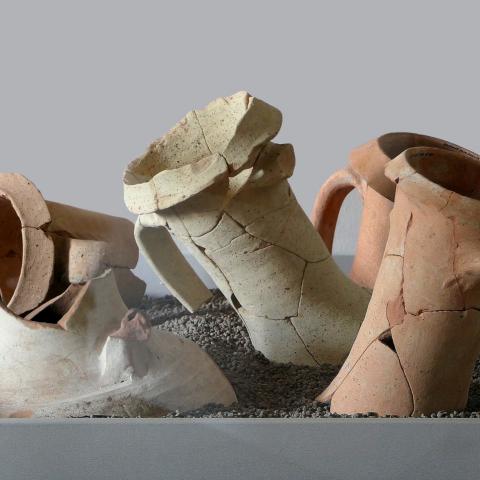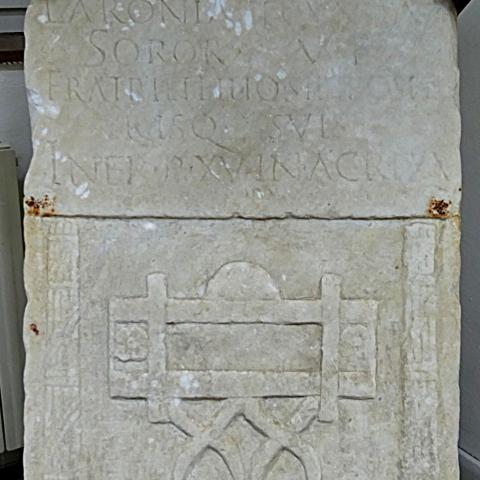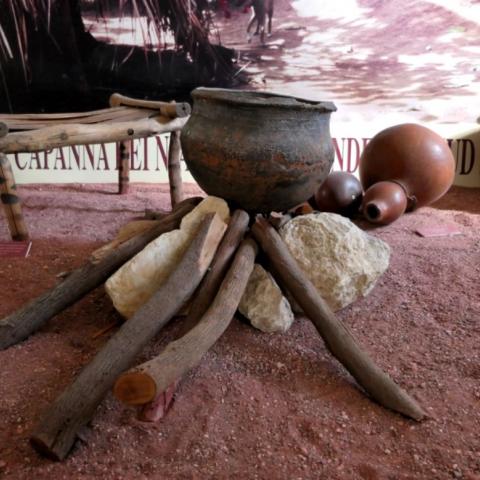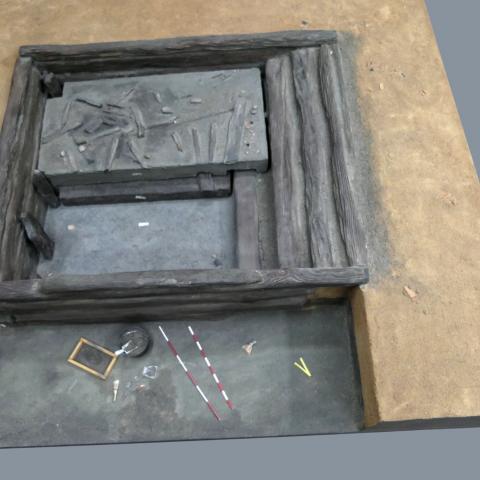The Athena Museum in Capannori, housed in an eighteenth-century palace of the seventeenth century, offers a journey into the history of this territory through an archaeological and ethno-graphic exhibition.
The archaeological section traces the historical events of the plain of Lucca which was, in ancient times, crossed by the river Auser (former name of the current river Serchio). From the first traces of prehistoric man, we move on to the first stable settlements of the Middle Bronze Age and the subsequent and significant Etruscan colonization, ending with the widespread and well-organized occupation of the Roman age. Among the most significant finds, an enigmatic wooden building from the 2nd century BC stands out., found during some excavations in Al Frizzone, which has been rebuilt inside the museum. Perfectly preserved in the originally underground portion, the building measures 5 x 4 meters, and is made up of massive squared and superimposed oak beams. It is a valuable example of interlocking wooden construction technique still in use in mountain construction.
The ethnographic section is divided into two parts.
The first is dedicated to the figure of the explorer Carlo Piaggia (1827-1882), a native of Badia di Cantignano, who in the nineteenth century was the protagonist of adventurous trips to the African continent, collecting numerous artifacts and testimonies of the cultures and territories crossed.
The second part is dedicated to the laborious farming traditions of the Piana di Lucca and collects images and tools that testify the agricultural practices of the past, linked in particular to sessantino corn, beans from Lucchesia and the ancient units of measurement of fields and agricultural products.
Contacts
Via Carlo Piaggia, 74
55012 Capannori LU
Italy
Prices
Free entry
Timetables
Monday, Wednesday, Friday and Saturday: 9.00 am – 12 am
Tuesday and Thursday: 9.00 am- 12.30 am and 2.30 pm- 5.30 pm
Services and accessibility






